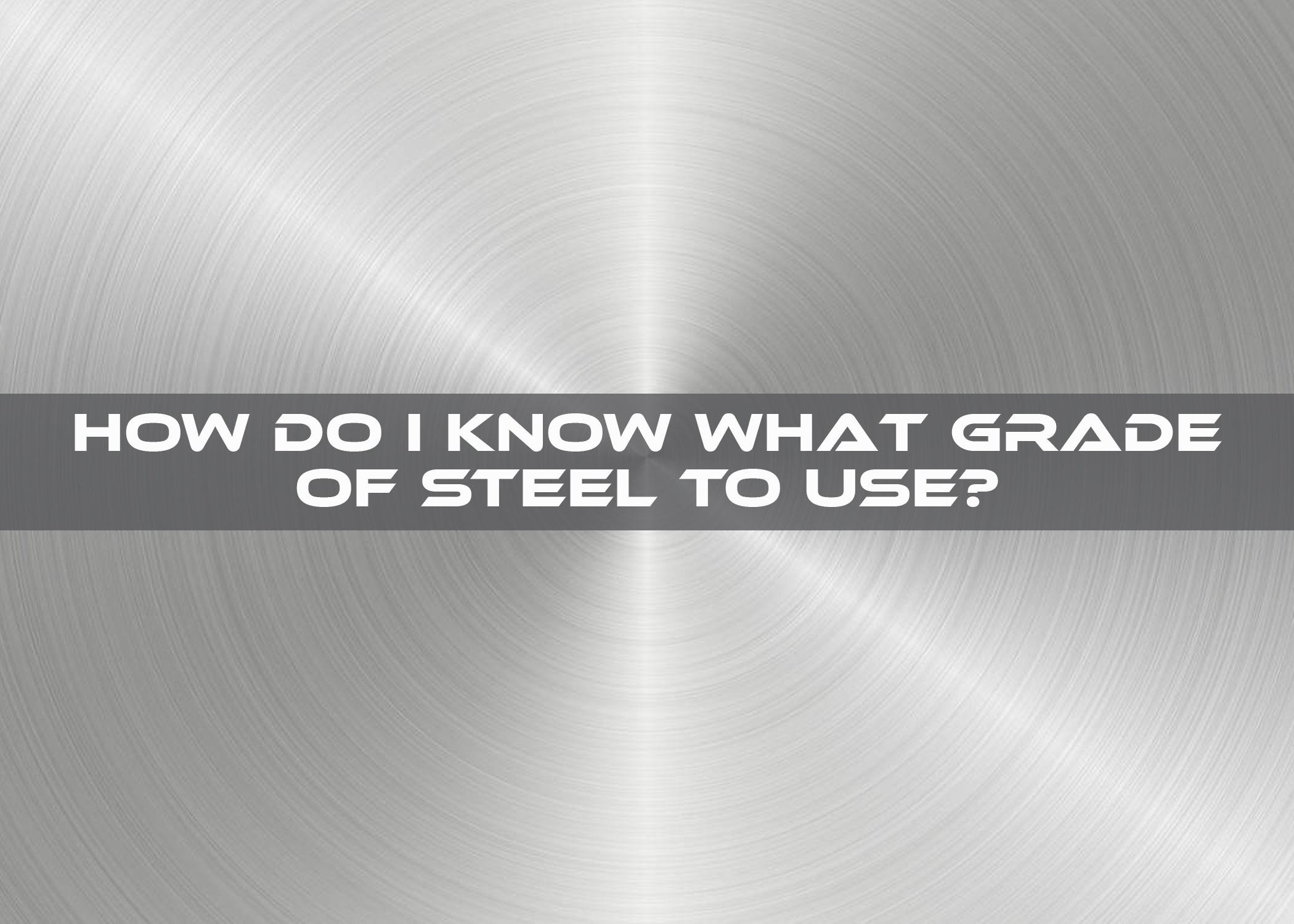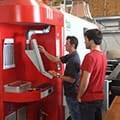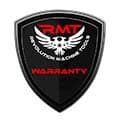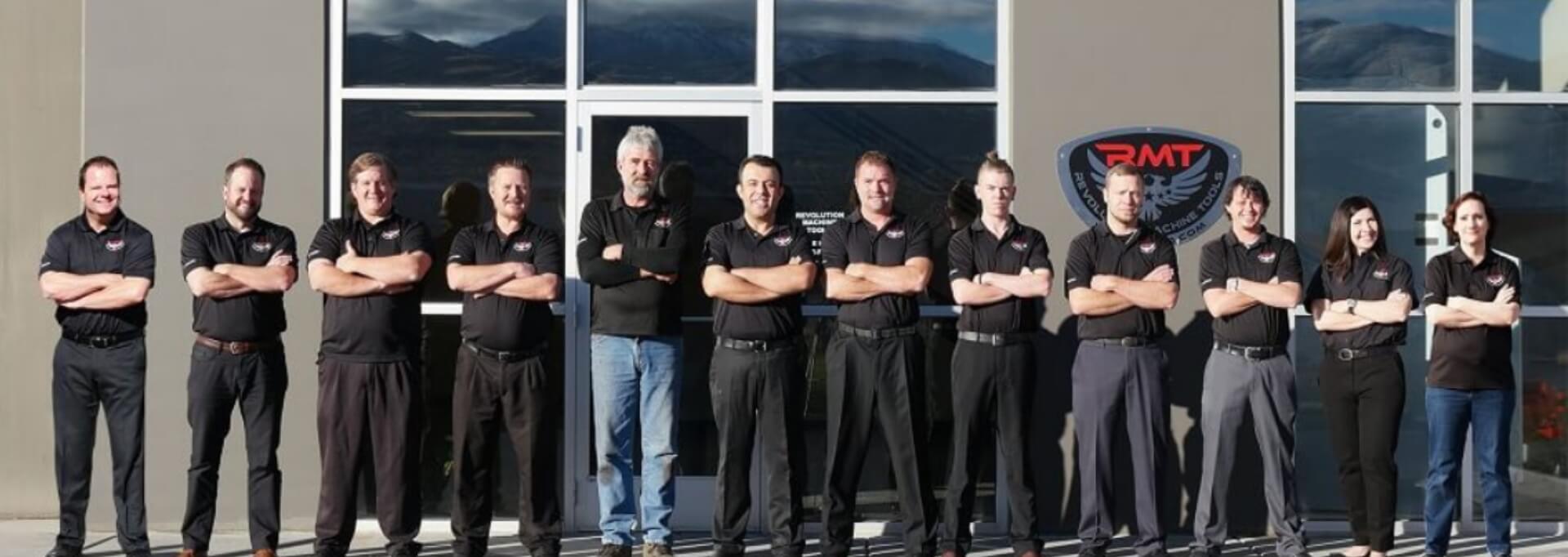Steel is one of the most versatile and widely used materials in fabrication, construction, and manufacturing. However, choosing the right grade of steel for a metal fabrication project is crucial to ensuring structural integrity, longevity, and cost efficiency. With various types of steel available, each designed for specific applications, fabricators must understand how to select the appropriate grade based on project requirements.
Understanding Steel Grades
Steel grades are classified based on their chemical composition, mechanical properties, and intended use. These classifications are provided by organizations such as the American Society for Testing and Materials (ASTM), the American Iron and Steel Institute (AISI), and the Society of Automotive Engineers (SAE). Some of the key factors that differentiate steel grades include:
- Carbon Content: Determines hardness and strength.
- Alloying Elements: Elements like chromium, nickel, and molybdenum enhance corrosion resistance, strength, or ductility.
- Heat Treatment: Affects toughness, hardness, and durability.
- Manufacturing Process: Whether the steel is hot-rolled, cold-rolled, or tempered.
Factors to Consider When Choosing a Grade of Steel
Application and End-Use. The primary determinant of steel grade selection is its intended use. Steel used in buildings, bridges, and other infrastructure projects requires high strength and toughness, making ASTM A36 or A572 suitable options. Automotive and aerospace industries require lightweight yet strong materials such as high-strength low-alloy (HSLA) steel or stainless-steel grades. For environments exposed to chemicals or saltwater, corrosion-resistant steel like stainless steel 316 is essential.
Mechanical Properties. The mechanical properties of steel, such as yield strength, tensile strength, and hardness, play a critical role in material selection. If the steel needs to support heavy loads, high-strength steel such as ASTM A992 for structural applications may be required. For projects where ductility is important, such as forming and welding, lower-carbon steels like AISI 1018 are more suitable.
Corrosion Resistance. Environmental exposure significantly impacts steel selection. For indoor use with minimal moisture exposure, mild steel may be sufficient. Outdoor structures benefit from weathering steel (Corten) or galvanized steel for better longevity. In environments with harsh chemicals or saltwater exposure, stainless steel grades such as 304 or 316 are ideal due to their chromium content, which enhances resistance to oxidation.
Weldability and Fabrication Ease. Not all steel grades are equally easy to weld, cut, or machine. Low-carbon steels like AISI 1020 are highly weldable and machinable, making them an excellent choice for general fabrication. High-carbon and alloy steels may require preheating or post-weld heat treatment to prevent cracking. Austenitic stainless steels such as 304 and 316 are highly weldable but require specialized procedures to prevent distortion.
Cost Considerations. The budget for a project significantly influences steel grade selection. While high-performance steels offer superior properties, they may come at a premium. Mild steel, such as ASTM A36, is cost-effective and widely used for general applications. On the other hand, stainless steel and high-strength alloys, while more expensive, offer superior durability and corrosion resistance, justifying their higher cost in certain applications.
Regulatory and Industry Standards. Different industries require compliance with specific standards and certifications, which dictate material properties, safety standards, and manufacturing requirements. Structural applications commonly use ASTM A36, while high-strength low-alloy steels like ASTM A572 are preferred for demanding environments. ASTM A514 is a quenched and tempered alloy steel for high-strength applications, and API 5L is commonly used for pipeline transportation.
Temperature and Environmental Conditions. Temperature fluctuations and extreme environments impact steel performance. For low-temperature applications, steel with high impact toughness, such as ASTM A516 Grade 70, is preferred. In contrast, high-temperature applications require heat-resistant stainless steels such as 310 or 321, which can maintain their strength and structure under prolonged heat exposure.
Common Steel Grades and Their Applications
Carbon Steel. Low-carbon steel, such as AISI 1018 and ASTM A36, is commonly used in construction and general fabrication. Medium-carbon steel, like AISI 1045, is often found in gears, axles, and machinery parts due to its higher strength. High-carbon steel, such as AISI 1095, is used in springs, knives, and high-strength tools, where superior hardness is required.
Alloy Steel. Chromoly steel (4140, 4130) is frequently used in aerospace, automotive, and structural applications due to its excellent strength-to-weight ratio. Tool steel, such as D2, O1, and A2, is known for its high hardness and wear resistance, making it ideal for cutting tools and dies.
Stainless Steel. Austenitic stainless steels such as 304 and 316 offer excellent corrosion resistance and are widely used in food processing and marine applications. Martensitic stainless steels like 410 and 420 are harder and used in knives and turbines. Ferritic stainless steels, such as 430, are often used in automotive trim and appliances due to their corrosion resistance and cost-effectiveness.
High-Strength Low-Alloy (HSLA) Steel. HSLA steels, such as ASTM A572, are used in structural applications requiring high strength and durability. Weathering steel, like ASTM A588, is an excellent choice for outdoor structures exposed to the elements, as it forms a protective rust-like layer that prevents further corrosion.
Tool Steel. Tool steels, including D2, A2, and O1, offer high hardness and wear resistance, making them the material of choice for machining and cutting tools.
Making the Final Selection
When choosing a steel grade for fabrication, follow these steps:
- Define the Application: Understand the mechanical and environmental requirements.
- Identify Key Properties: Consider strength, corrosion resistance, and weldability.
- Compare Cost and Availability: Balance performance with project budget.
- Consult Industry Standards: Ensure compliance with regulations.
- Test and Verify: If unsure, request material samples or consult with metallurgists.
Selecting the right steel grade is critical for achieving optimal performance and durability in fabrication projects. Understanding steel grades not only enhances fabrication efficiency but also ensures safety, longevity, and overall project success.







